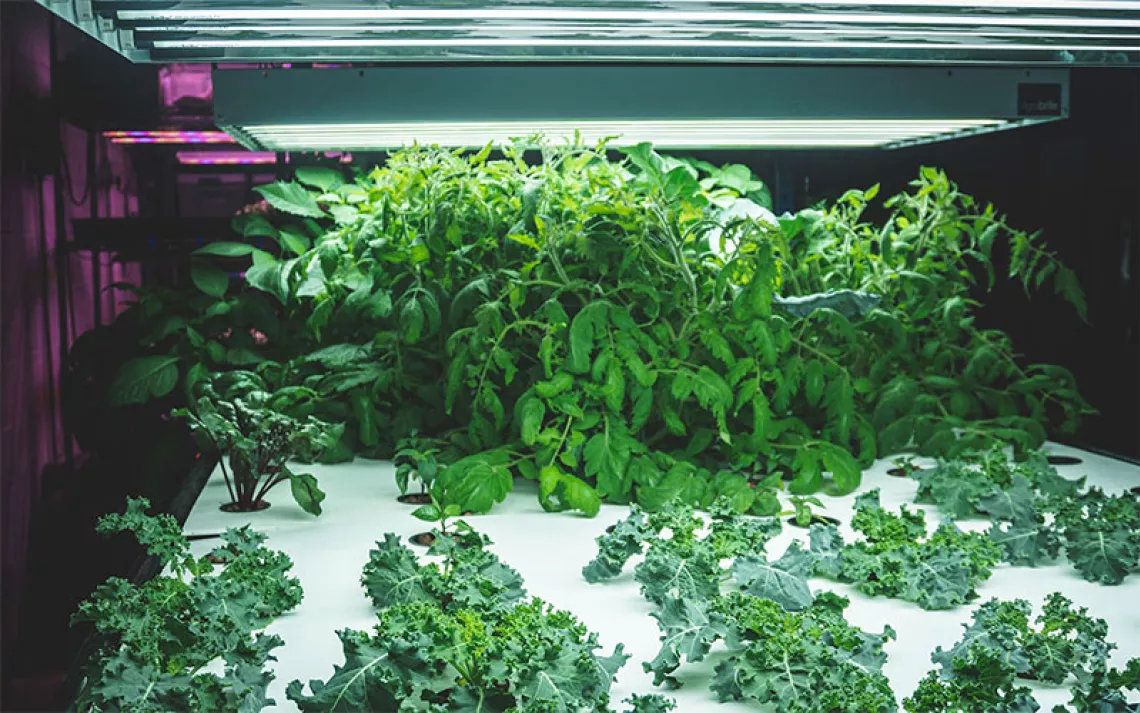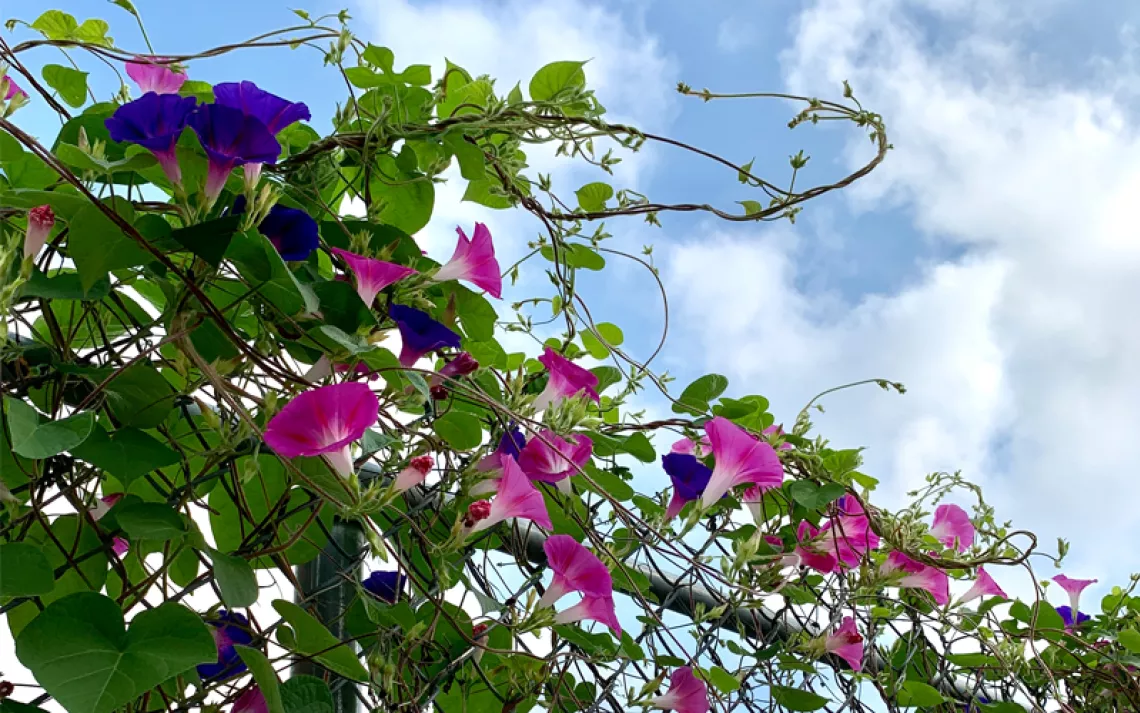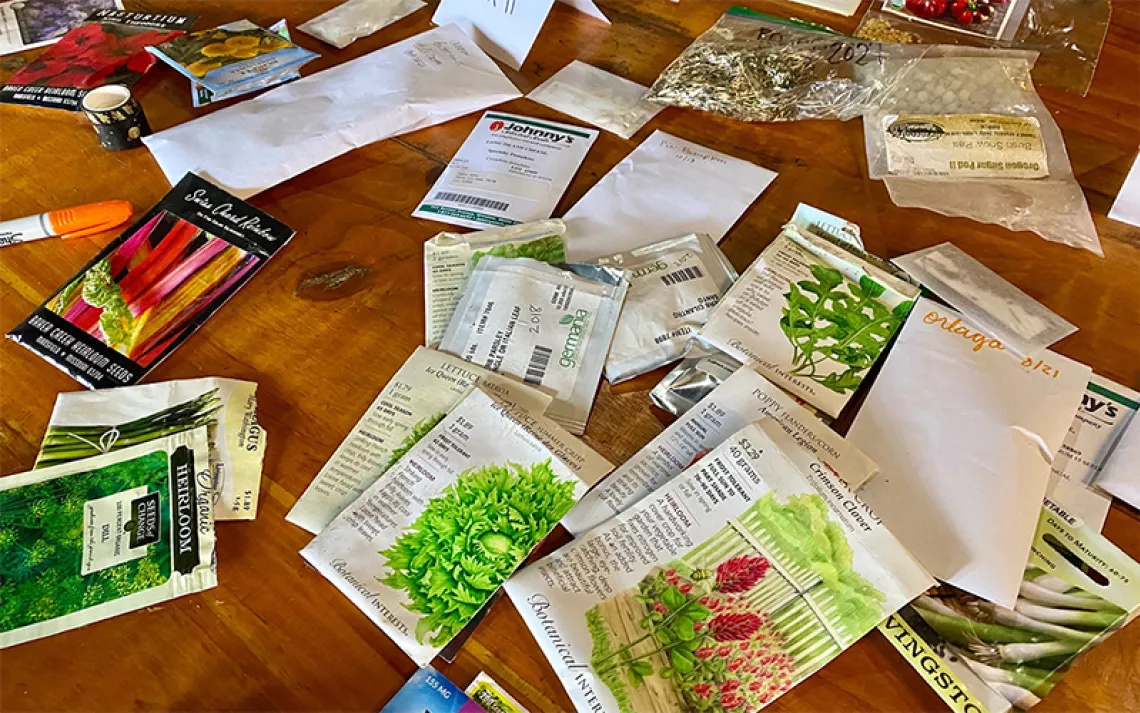4 Funky Fungi You Should Know About

Often overlooked and underappreciated, fungi are some of the most diverse and unique organisms out there. Responsible for breaking down organic matter, there are over 80,000 known species. We found four fun fungi that fall high on the funkiness spectrum.
Scientific Name: Bridgeoporus nobilissimus
Common Name: Noble Polypore or Fuzzy Sandozi
This endangered fungus forms some of the largest fruit bodies in the world, most commonly at the base of the noble fir trees in forests of the Pacific Northwest.
This fungus even held the record for the biggest fruiting body (the part of the fungus where spores are produced) in the Guiness Book of World Records, weighing in at 300 pounds.
Endemic (or native) to Oregon and Washington, conservation efforts are underway to save the fuzzy sandozi. The species is tricky in that the sporocarps (structures that store and release spores for reproduction) cannot be collected without harming it. There are only 10 known sites where this mushroom is found.

Scientific Name: Amanita phalloides
Common Name: The Death Cap
Look familiar? Not to be mistaken with the white mushroom you add to your salads or sprinkle atop your pizza, this species, the death cap, is highly toxic.
The death cap is native to Europe but has been recorded in several countries, including the U.S., as early as 1834. This invasive fungus keeps mycologists on their toes, spreading everywhere and wreaking havoc on those who mistakenly take a nibble.
The mushroom's toxins attack the liver and the kidney, which can result in organ failure and coma. There is no treatment for poisoning from the death cap and according to a CDC report, 20 to 30 percent of adult cases result in fatality.
This fungus taps into a tree's roots forming what is known as ectomycorrhiza, which pulls nutrients away from the tree. Originally introduced in the east, this mushroom has been found as far as California, where it is attacking endemic trees of the region and continues to spread.

Scientific Name: Hygrocybe punicea
Common Name: Pomegrenateflower Waxcap
This elusive, shiny, and brightly colored mushroom is one of the most vividly striking of the hygrocybe, a genus of special interest among mycologists. Much of the ecology and biology is still being researched, but waxcaps are unique in that they sprout in areas with low-fertilization rates. Little is known of these mushrooms because of the difficulty of experimenting and growing them in a laboratory. Often bright red or bright yellow, they are found in waxcap grasslands throughout Europe.
Scientific Name: Panellus stipticus
Common Name: luminescent panellus
This species of mushroom is bioluminescent, meaning it glows in the dark. There are 64 recognized species of mushrooms that have this ability, which is linked to the presence of several different chemicals. It is thought that bioluminescence evolved in mushrooms to attract insects to aid in spore dispersal.
 The Magazine of The Sierra Club
The Magazine of The Sierra Club



